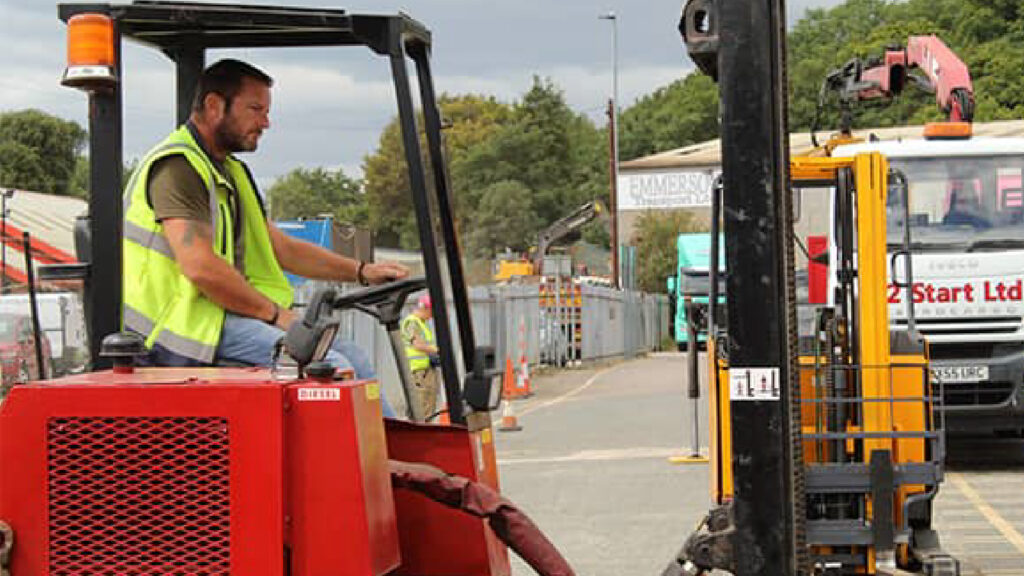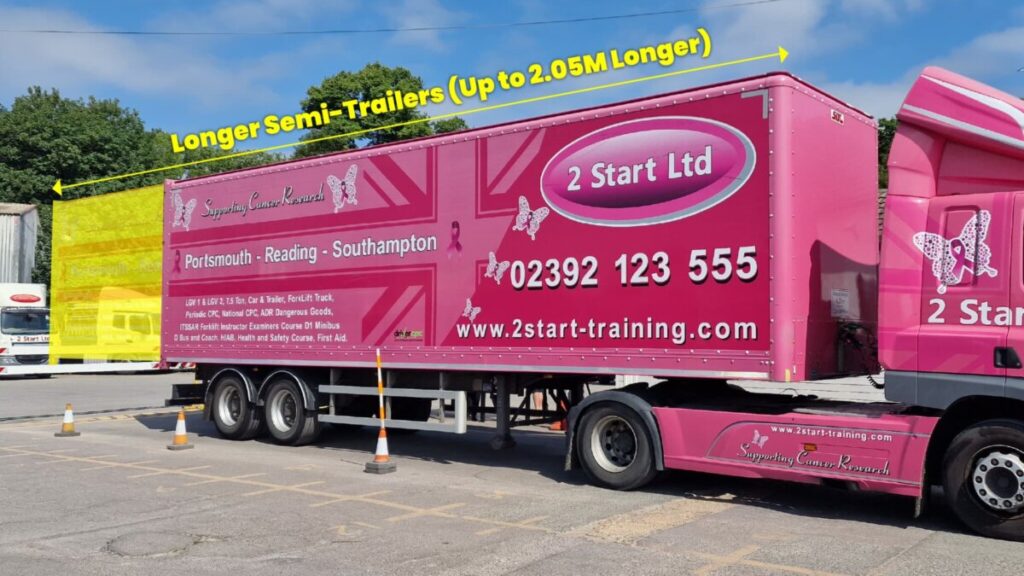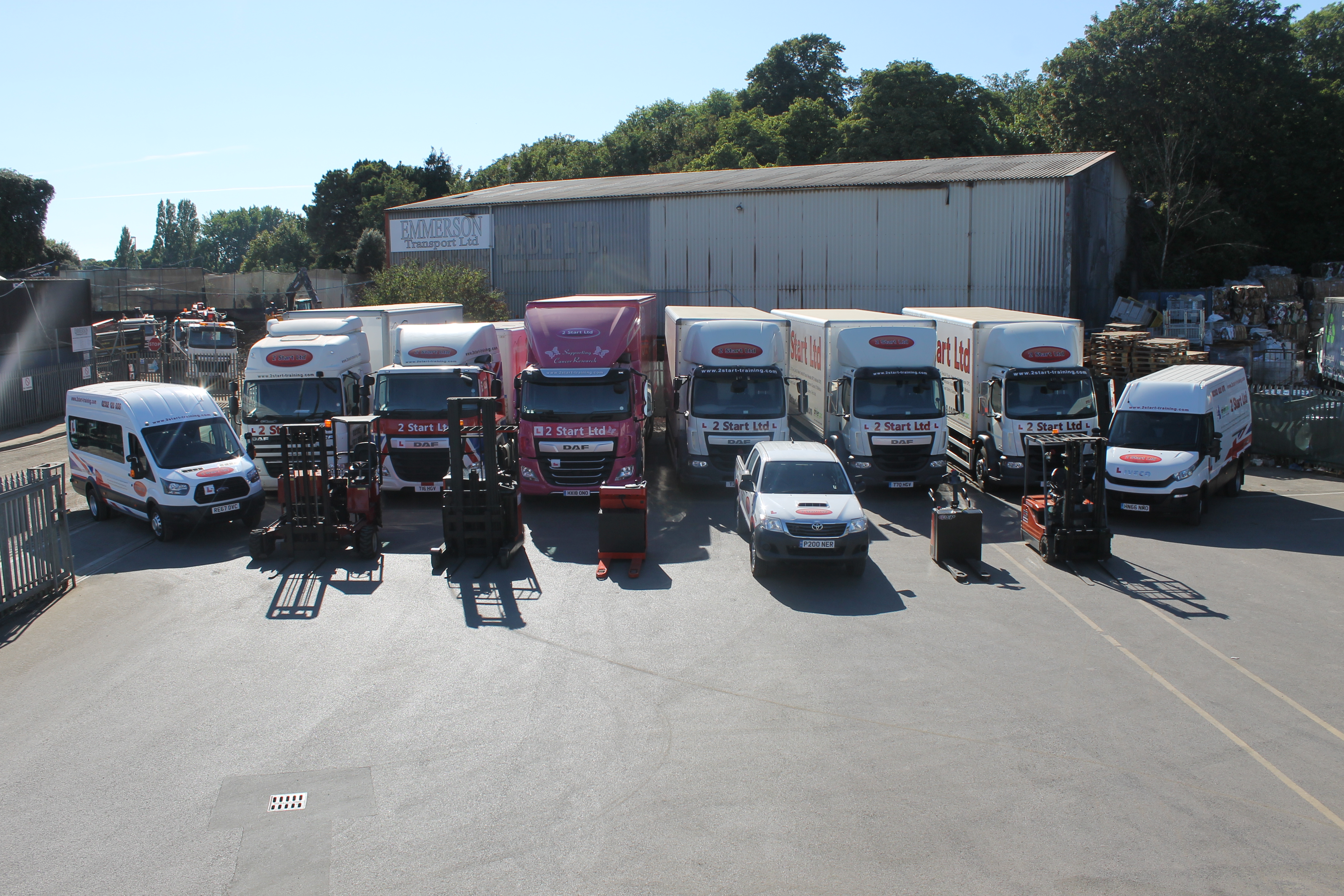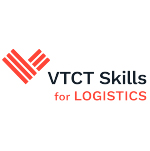The transport and logistics sector has faced major challenges in recent years. High e-commerce demand, EU regulation changes, and Brexit have all played a role.
Now, as we move into 2024, it’s time to look ahead. What changes should you expect in transport and logistics? Which trends will drive the industry over the next 12 months?
Here are the top 3 trends we expect to shape Transport & Logistics in 2024.
Artificial intelligence (AI)
AI became much more prominent throughout 2023, and that trend isn’t slowing down. Businesses continue exploring how AI can handle a wide range of tasks. The goal is to ease workforce pressure while reducing the risk of injury in repetitive or hazardous roles.
In logistics, AI is already making an impact. Cloud-based systems now power much of e-commerce and warehousing, streamlining supply chain operations and improving response times.
Autonomous vehicles have also become a major focus for supply chain businesses and warehouse managers. These self-driving systems offer real potential to support day-to-day operations.
As e-commerce demand continues to grow each year, warehouses must operate more frequently and efficiently. AI helps meet this rising demand, giving warehouse operatives much-needed relief during peak times.
By using autonomous vehicles, warehouses can stay operational after hours, without the added cost of overnight staffing. These vehicles can run 24/7, moving goods and maintaining workflows even when human teams are offline.
Ultimately, AI and automation provide support, not replacement. The technology is there to assist workers, improve safety, and keep supply chains moving in a fast-paced market.
AI Powered Forklifts
Autonomous forklift trucks are a key part in the integration between AI and supply chain management. It has been suggested that autonomous forklifts will be “…the next wave of warehouse and factory innovations…”
Although there is the chance that jobs could be lost, this could mean an influx in responsibilities for those who are still employed with the company in question, such as software engineering roles.
Autonomous vehicles are only one of the key roles that AI can be interjected into.
With the use of AI powered technology, routes and schedules can be optimised to help with accuracy and speed of service. AI makes predictions which can help businesses to aid with more efficient resource utilisation. This can also help save costs for businesses, by reducing the time drivers are on the road, as well as being able to meet deadlines swifter.
However, resources are still somewhat scarce when it comes to the use of AI. Although it has grown exponentially over the last year, it is limited to few. Additionally, costs are a lot more demanding, especially when it comes to autonomous vehicles. Autonomous forklift trucks are more expensive than a standard forklift truck that must be operated by a person.
Many businesses may either not be able to afford an autonomous vehicle, or they can only afford one or two, which could be deemed as counter intuitive, since labour costs may still be the same or similar.

Is the Transition Costly?
To put this into perspective, a standard Toyota 2-ton double stacker costs around £12,000. An autonomous forklift, even at the lower end, costs three times more. For smaller businesses in transport and logistics, that’s a tough cost to justify.
Cost isn’t the only challenge. Time matters too. You need the dedication to understand how AI works—its strengths and its limits. You also need to adapt your processes to work alongside AI-powered machines and systems.
Some argue that AI, while boosting efficiency, might reduce human skill. Staff could become too reliant on automation. Over time, this could lead companies to replace more roles with robotics, raising concerns for those working in transport and logistics.
That said, AI continues to support business growth. It improves speed, tracking, and consistency, helping deliver better customer service.
But AI won’t replace people, especially in roles that involve decision-making, awareness, and safety. In transport and logistics, experience still matters.
You’ll always need an HGV driver. You’ll still need someone to load and unload vehicles and inspect them for faults or illegal activity.
Think practically. Can an autonomous vehicle recognise a critical issue that needs emergency action? Will AI know if wheel nuts are tight or if the vehicle height marker is displayed correctly?
These checks still depend on human instinct, judgment, and experience.
In short, AI may streamline certain tasks, like verifying consignment labels or automating documentation. But it won’t replace the people who keep transport and logistics moving.
Humans remain essential. AI should support your work, not take your place.
Reduced Emissions
Reducing the emissions produced from vehicles, machinery and other possible factors has become the pinnacle focus of many businesses. Many are also planning to become net zero by 2050, and some sooner. It has been determined that supply chains “…generate around 60% of all carbon emissions globally.” This is a massive percentage that has the ability to be reduced through careful framework, planning and implementation. Although, further research and work must be done to ensure that supply chains aren’t hindered.
Electric Powered Vehicles for Logistics
The zero-emission mission continues to push the logistics industry toward using alternatively fuelled vehicles (AFVs). This shift drives sustainability and aligns the sector with the growing demand for lower emissions.
More businesses are now adopting AFVs and actively promoting electric vehicles within their fleets. The move isn’t just about image, it’s becoming a necessity.
However, progress remains slow when it comes to fuelling larger vehicles, especially Category C+E articulated lorries. These vehicles are too large for the power most AFV systems currently generate. The distances they must cover also exceed the range of available electric or alternative fuel technology.
Despite these challenges, smaller vehicles like Category C1 vans have already begun the transition. Major companies like Amazon are using electric-powered vans, and many smaller businesses have either started or completed the switch.
This marks a major step forward for the logistics industry. Companies moving goods must find practical ways to adopt zero-emission technology—or risk falling behind.
Ongoing research and testing remain essential. Without a reliable alternative to diesel or petrol, the industry can’t fully replace fossil-fuelled HGVs. AFVs still don’t match the performance or range needed for long-haul freight.
As the demand for AFVs rises, supply chain strategies must evolve. This shift is especially important for anyone planning to enter the logistics sector.
Zero-emission policies are no longer a distant idea. They’re approaching fast, and the businesses that prepare now will be ready for the future.
More capacity for freight movement
Increasing efficiency in logistics has also been a consistent factor that many businesses and organisations have kept in mind. This is not only a way to help to reduce emissions, but also reduce costs and labour.
Longer-Semi Trailer
Increasing capacity means larger cargo space for LGVs and HGVs. Recent trials with longer semi-trailers have shown that articulated vehicles can safely operate with extended trailers.
This change helps reduce emissions by cutting the number of vehicles and trips needed for long-haul deliveries. It also lowers labour costs by requiring fewer drivers for the same volume of goods.
Training requirements will remain mostly the same. However, in specific situations, you may need to adapt your 3a reversing technique or manoeuvring skills to account for the extra length.
Boosting freight capacity directly benefits businesses and helps ease the current HGV driver shortage. Longer semi-trailers are no longer just a proposal—they’re a practical solution. With successful trial results and strong feedback, the data supports extending these vehicles to carry more goods while reducing the number of drivers needed on the road.

Capacity management is now more important than ever. Dead heading, driving with an empty trailer, creates serious risks. It increases the chance of rollover accidents and reduces vehicle stability. At 2 Start, we train drivers using part-loaded or empty trailers. This approach helps drivers get comfortable with real-world conditions they’ll often face. By training this way, drivers build both skill and confidence when handling light or empty loads. They learn how different weight distributions affect handling, especially during cornering and braking. Naturally, different jobs require different vehicles, depending on the type and volume of goods being moved. That’s why our training covers a range of vehicle sizes and load types—to prepare drivers for whatever the job demands.
What You Can Expect From Us
As we expect to see these trends in the coming year, 2 Start Ltd are planning to stay at the forefront of the trends and changes that will be coming into effect, by staying ahead with the relevant news, information and legislations that will become more known.
2 Start aim to guide students who are completing training with the necessary information they will need to be aware of when breaking into the logistics sector, as well as keeping our instructors’ knowledge relevant and up-to-date. Where needed, we are also adding extensions to our current vehicles to replicate a longer semi-trailer.
We believe that transport training companies must embrace these changes, as to prepare those who are looking to join the transport and logistics industry.
These trends will transform the current ways that logistics and supply chain management works (for the better) and we will continue to provide up to date, consistent training with accredited, reputable instructors.
If you are planning to join the logistics industry, update your licence/training, or looking to upskill, choosing 2 Start will give you the best opportunity, with up-to-date training facilities and equipment.
2 Start aim to be leaders in logistics training. Providing up to date and relevant training for those branching into the logistics sector.











